California’s farmers face mounting pressures from every direction. Electricity prices are soaring, droughts are intensifying, and tempting utility-scale solar leases threaten to retire productive farmland. For growers of strawberries—California’s fourth highest-grossing crop—the math is becoming increasingly difficult. But innovative farmers and agricultural technology companies are proving that this isn’t an either-or situation. Instead of choosing between harvesting food or harvesting energy, they’re doing both.
The vertical solution
At the heart of this agricultural revolution is vertical bifacial solar technology, pioneered by companies like Sunzaun and validated through rigorous testing by organizations like Sandbox Solar at Colorado State University. Unlike traditional horizontal solar installations that consume 60-80% of available land, vertical systems require minimal ground coverage while allowing traditional agricultural machinery to operate directly between panel rows.
The technology represents a fundamental shift in how we think about land use. Helge Biernath, founder of Sunzaun, explains the concept: “We’re creating systems that address the nexus of energy, food, and water while benefiting both energy production and crop cultivation.” The vertical panels stand upright in rows running north-south, capturing east-west sunlight while leaving the vast majority of land available for farming.
Dual-use agriculture
Strawberries present an ideal case study for vertical agrivoltaics. On a typical acre, California growers can produce more than 60,000 pounds each season. In a well-designed vertical agrivoltaics system, that same acre can generate substantial electricity while continuing to grow strawberries with only a 10-20% reduction in yield—a reduction that simply accounts for the space taken up by solar arrays.
The energy output does drop compared to an acre of solar-only operation. Wider spacing between rows (40 feet instead of 20 feet to prevent over-shading of strawberry crops) reduces panel density and cuts solar generation by about 50%. However, even with these reductions, the combined land output is significantly more productive than using the land for just solar or just farming.
Using this model, an acre producing 80% crop yield and 50% solar output delivers 130% productivity. This means the same plot of land is predicted to be 30% more productive when strawberry crops and solar are combined—a game-changing proposition for farmers seeking economic sustainability.
Built-in savings
The benefits extend far beyond simple dual revenue streams. California’s agriculture sector uses over 10,000 GWh of electricity every year just to move and pump water—nearly 7% of the state’s entire electricity demand. When vertical solar panels are added to a field, they create beneficial microclimates that dramatically reduce water consumption while also reducing their energy load for pumping water.
Research has shown that the microclimates created between vertical solar rows can cut evaporation and lower irrigation demand by up to 30%. As detailed in a comprehensive study published in Solar Energy journal, cumulative water evaporation from soil surfaces decreased by 21-33% under agrivoltaic systems compared to bare soil controls. The panels provide shading that reduces plant stress during extreme heat events, acts as windbreaks, and helps maintain optimal soil moisture levels with less irrigation.
For strawberry growers, this translates to less water, less pumping, and lower energy bills—all while maintaining crop productivity and adding a new ‘revenue’ stream from solar energy savings.
Financial advantages
The economic advantages of vertical agrivoltaics become compelling when viewed from multiple angles. Professor Majdi Abou Najm from UC Davis, who has conducted extensive research on agrivoltaic systems, found that even with yield reductions in some crops, farmers achieved higher overall revenue per acre when combining agricultural and energy income streams. Professor Najm is in the process of establishing an agrivoltaics research station at UC Davis.
For strawberries specifically, the slight yield reduction is more than offset by the energy production. The system creates what researchers call “130% productivity”—meaning farmers get 130% of the productivity they would achieve from either solar or agriculture alone.
This economic model finds strong validation in Cornell University’s analysis of Concord grape operations in New York. Their study revealed that despite Concord grape growers experiencing ongoing financial losses due to rising production costs, vertical agrivoltaics could reduce those losses by $408 per acre annually.[1] The research showed a 14-year payback period for solar developers and demonstrated that the land rent income from solar installations can make farming operations economically viable again.
Behind-the-Meter Benefits: Solar electricity powers on-farm operations, dramatically lowering utility bills and protecting farmers from volatile energy price swings. With California’s peak electricity rates reaching 50-62 cents per kilowatt-hour during afternoon hours, the savings can be substantial.
Strategic Timing Advantages: Vertical panels’ east-west orientation produces electricity during afternoon peak demand periods when wholesale prices are highest, rather than the midday oversupply period that often leads to curtailment. This timing advantage significantly improves project economics. Figure 1 below shows the bi-modal energy production of north-south rows of vertical bifacial systems compared with bifacial fixed tilt and east-west vertical systems.

Operational Efficiency: Unlike traditional solar installations that require removing trees or significantly altering farm layouts, vertical panels integrate around existing infrastructure. One California farmer recognized he could install vertical solar without removing valuable established vineyard infrastructure—something nearly impossible with conventional trackers or fixed tilt PV.
Research-backed validation
The promises of vertical agrivoltaics aren’t theoretical. Ian Skor, CEO of Sandbox Solar, operates the premier agrivoltaics ‘testing grounds’ at Colorado State University, supported by USDA SBIR and other funding since 2019. Their multi-year trials demonstrate that farmers can complete full seeding and harvesting cycles with crops planted within three feet of vertical arrays.
“We’ve achieved 5% modeling accuracy between predicted and actual performance using our proprietary SPADE software,” reports Skor. This level of precision gives energy developers and farmers bankable data for project financing—critical for an emerging market where uncertainty has hindered adoption.
Sunzaun vertical solar installations achieve 15 times more energy generation per square foot of ground coverage compared to traditional horizontal arrays. At Somerset Gourmet Farm in California, 43 vertical modules enable continued winemaking operations while generating clean energy.
Infrastructure and incentives
California’s commitment to sustainable agriculture creates additional support for agrivoltaic adoption. Programs such as the State Water Efficiency and Enhancement Program (SWEEP) help fund irrigation improvements, including the replacement of diesel pumps with electric motors and the integration of on-site solar. These technologies lower greenhouse gas emissions and operating costs while allowing farmers to maintain control of their operations.
The state’s regulatory environment is also evolving to favor agrivoltaic solutions. With 40% of farmers over age 60 facing succession challenges, agrivoltaics provides economic diversification that can sustain multi-generational operations. Some states like NJ, IL and MA now require or strongly incentivize agrivoltaic integration for greenfield solar projects, creating regulatory tailwinds for vertical solutions.
Climate resilience
Beyond immediate economic benefits, vertical agrivoltaics offers crucial climate adaptation advantages. In California’s Central Valley, where temperatures exceeded 100°F for over 100 days in recent years, the strategic shading provided by vertical panels can mean the difference between a successful harvest and crop failure.
The technology addresses what agricultural experts call the “cooking sun” problem. As veteran Oregon farmer John Langdon explains: “The farmers, the old farmers, will say that the morning sun is growing sun. The plants usually have some dew on them. They’re open to the sun, the flowers, the leaves. The afternoon sun is cooking sun. That plant just has to use extra water to stay alive, to stay cool.”
By managing sunlight strategically, vertical agrivoltaics helps plants thrive while harvesting excess solar energy that would otherwise stress crops and require additional irrigation.
Operational considerations
The Cornell study reinforces operational benefits while highlighting important design considerations. Their research found that equipment clearance is crucial—vertical panels provide 1.2 meters (4 feet) of buffer space for harvesting equipment, compared to only 0.7 meters for traditional tracking systems at maximum tilt. This extra clearance significantly reduces the risk of equipment damage during farming operations, addressing a key concern for farmers considering agrivoltaic adoption.
Energy professionals should note the reduced operations and maintenance requirements of vertical systems. Panels naturally shed snow and resist soiling accumulation, eliminating much of the cleaning requirements that impact horizontal array economics in agricultural environments. Installation complexity is reduced through Sunzaun’s direct-pile mounting system, which adapts to varying terrain and module sizes without extensive racking modifications.
The path forward
For strawberry growers and other specialty crop farmers facing an uncertain future, vertical agrivoltaics represents more than just an innovative technology—it’s a pathway to economic resilience that honors both agricultural heritage and environmental stewardship.
The technology is ready for commercial deployment. As John Langdon notes, “The configurations and the science has been largely figured out. Now it’s time for the farmers to be educated.” The hard technical work has been completed; what remains is scaling successful demonstrations and helping farmers understand how agrivoltaics can strengthen their operations.
The views and opinions expressed in this article are the author’s own, and do not necessarily reflect those held by pv magazine.
This content is protected by copyright and may not be reused. If you want to cooperate with us and would like to reuse some of our content, please contact: editors@pv-magazine.com.
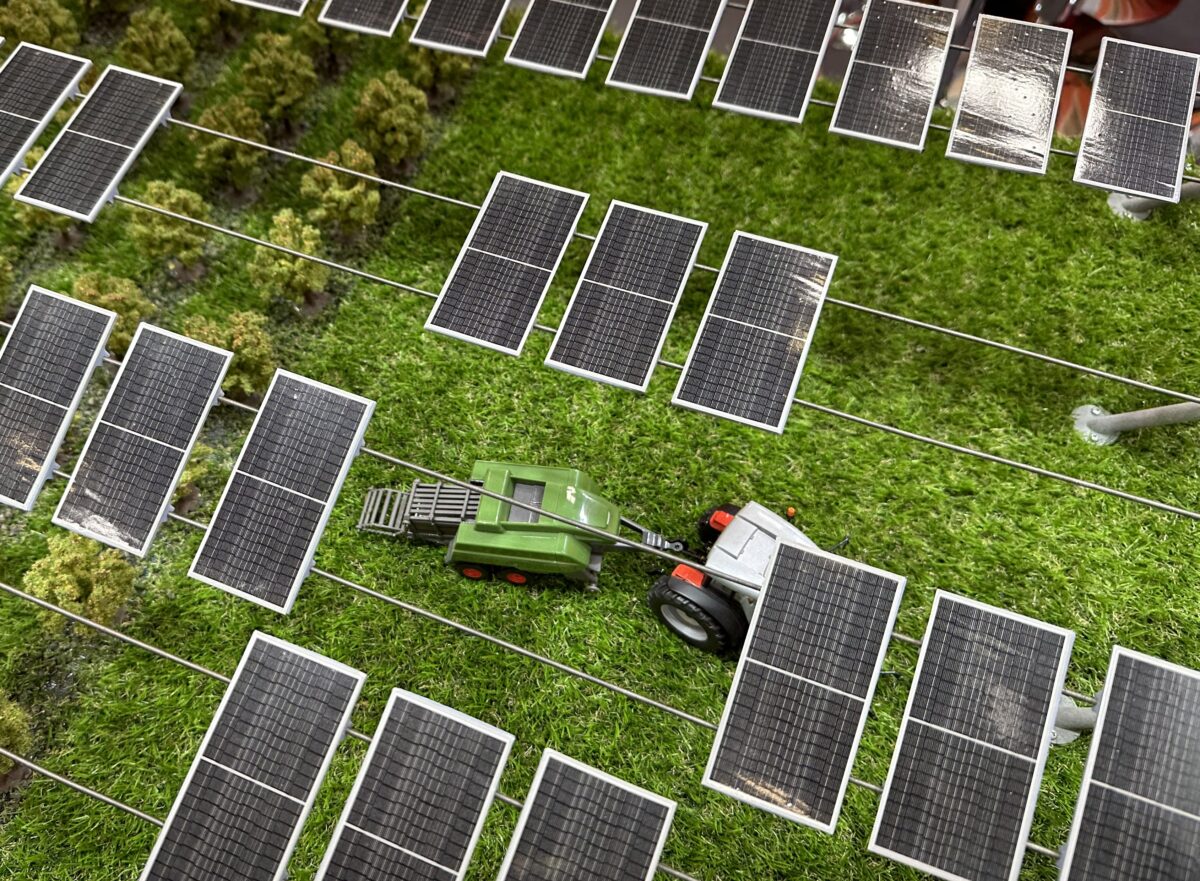
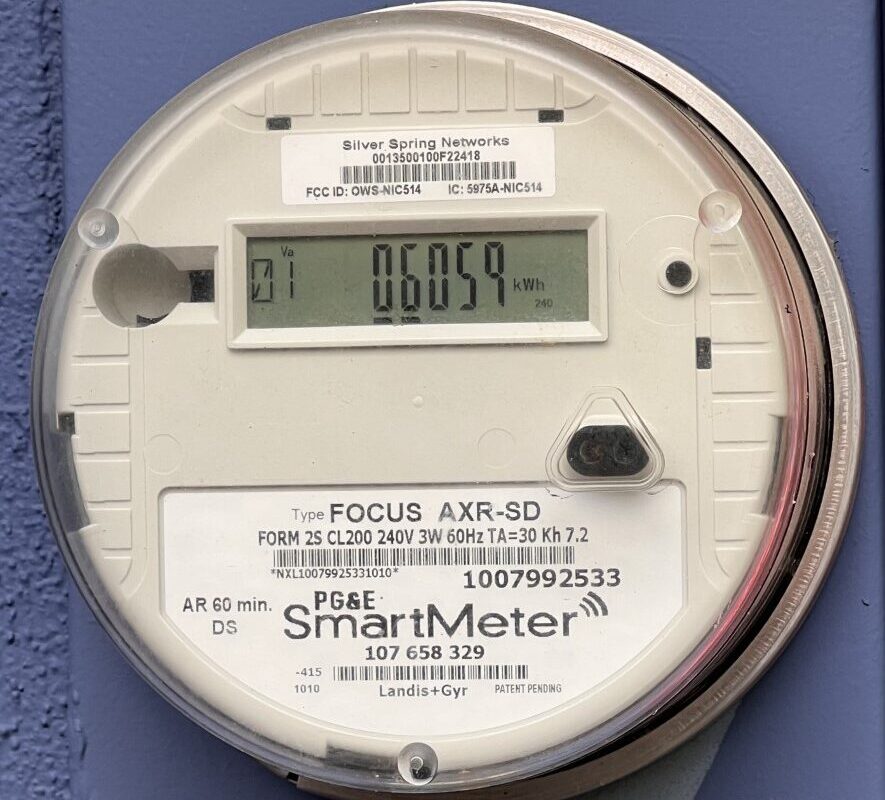

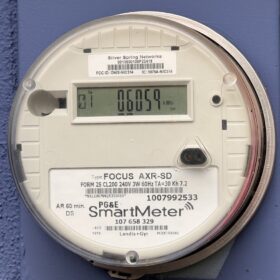
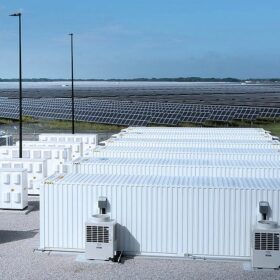
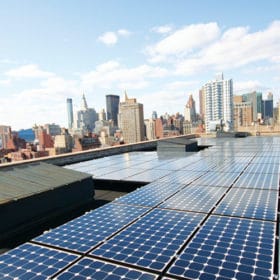


Very comprehensive article…well done.
I wonder if a future design ‘tweak’ to the solar panels could be cost effective (?). Such a panel would incorporate an irrigation water circuit…to cool the panels…and thus increase their power output. Additional evaporative cooling around the panels might also benefit crop yields also.
How does the financing work for such an arrangement? Who pays for the installation, and what is the ROI if the solar output is half ?